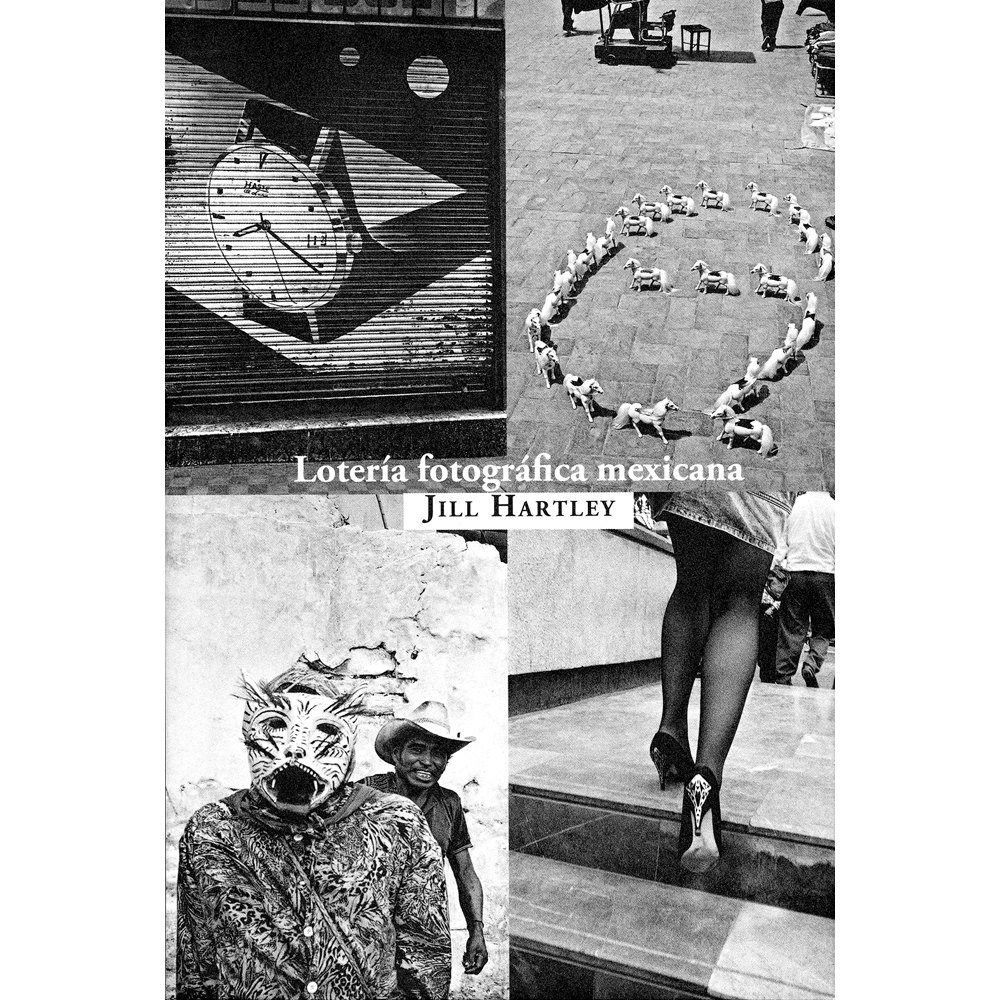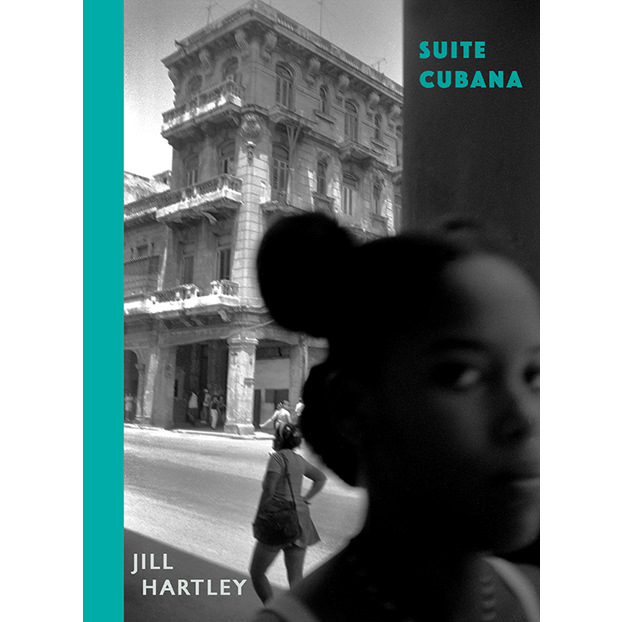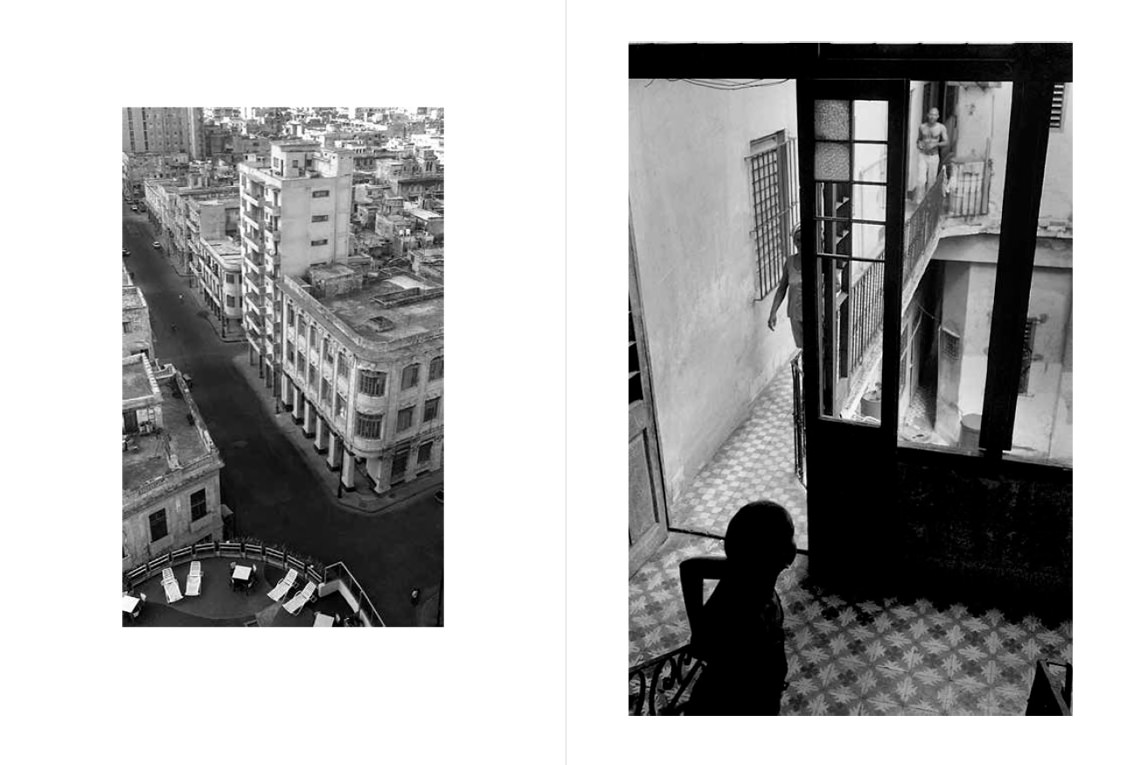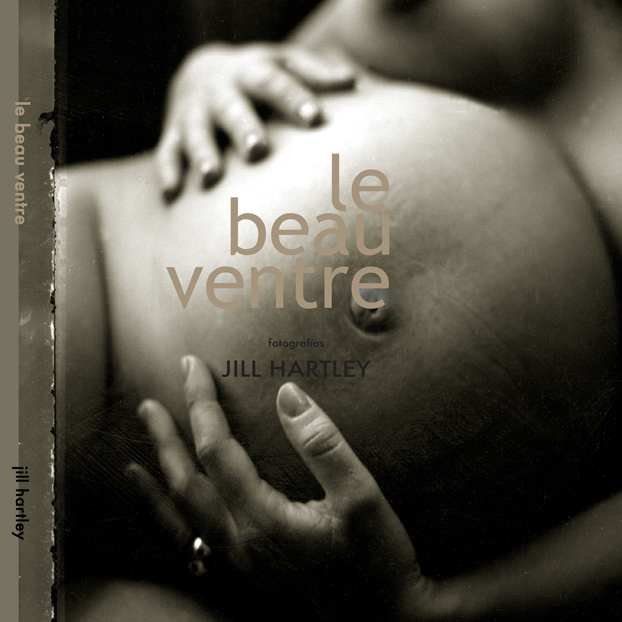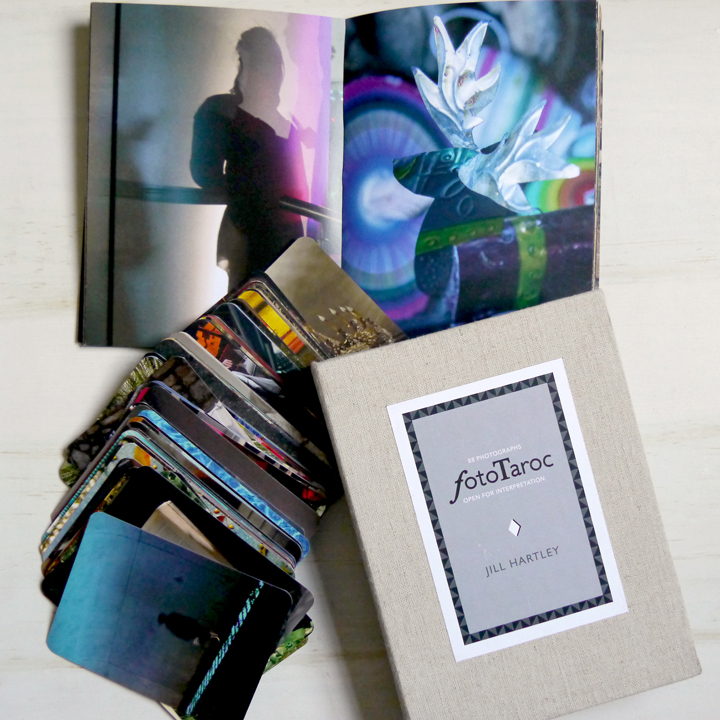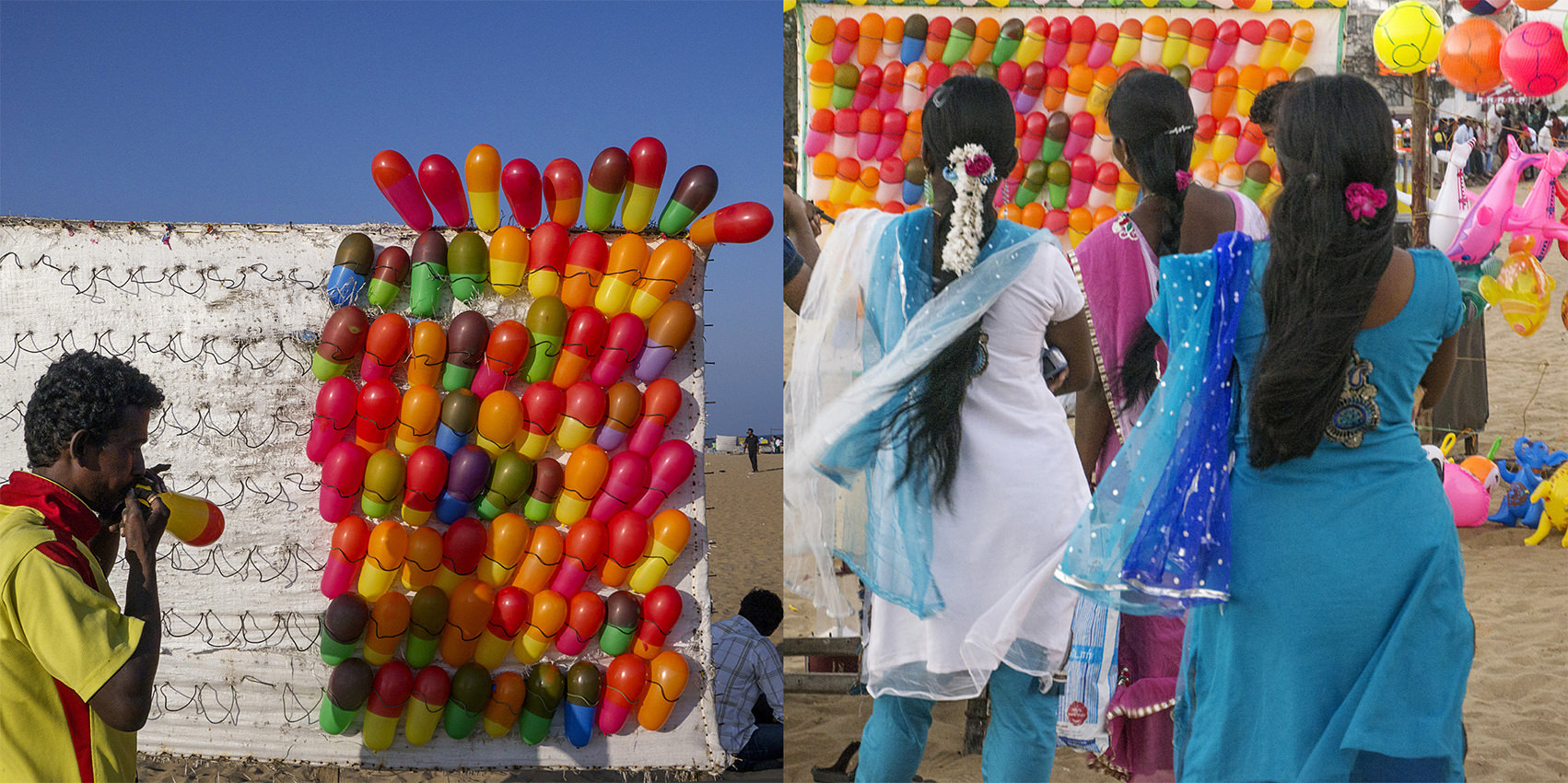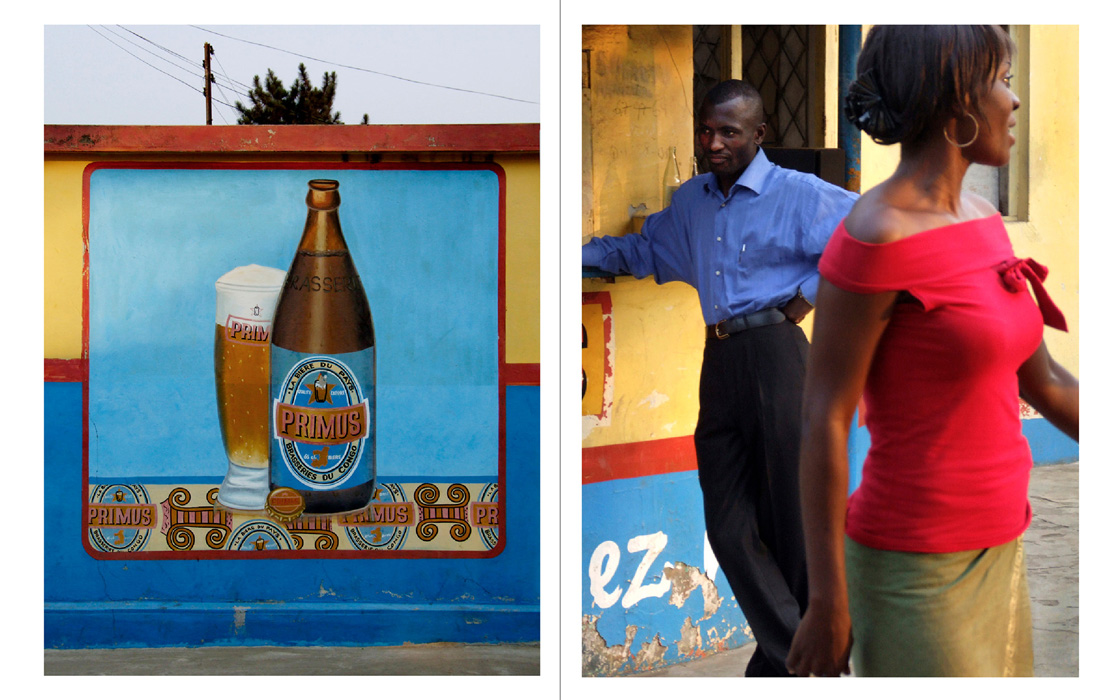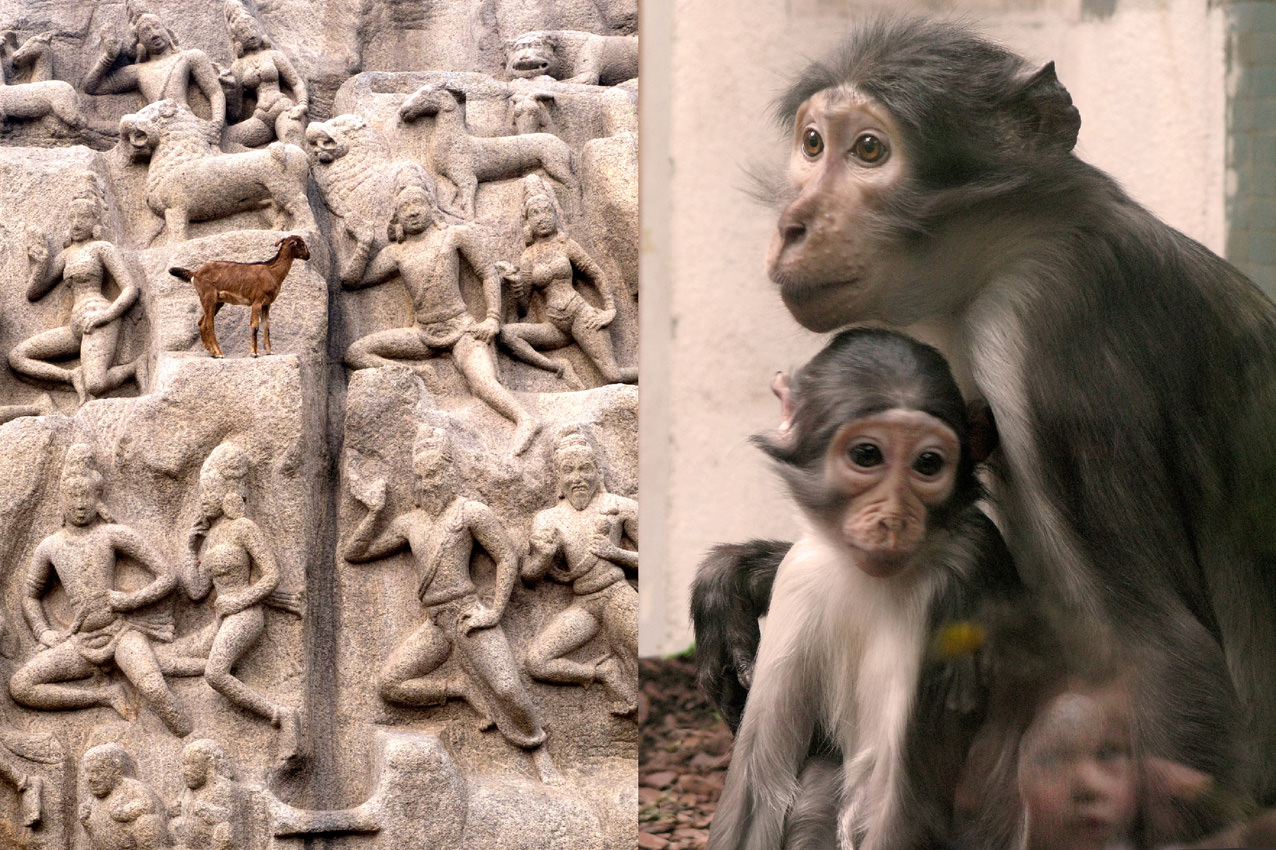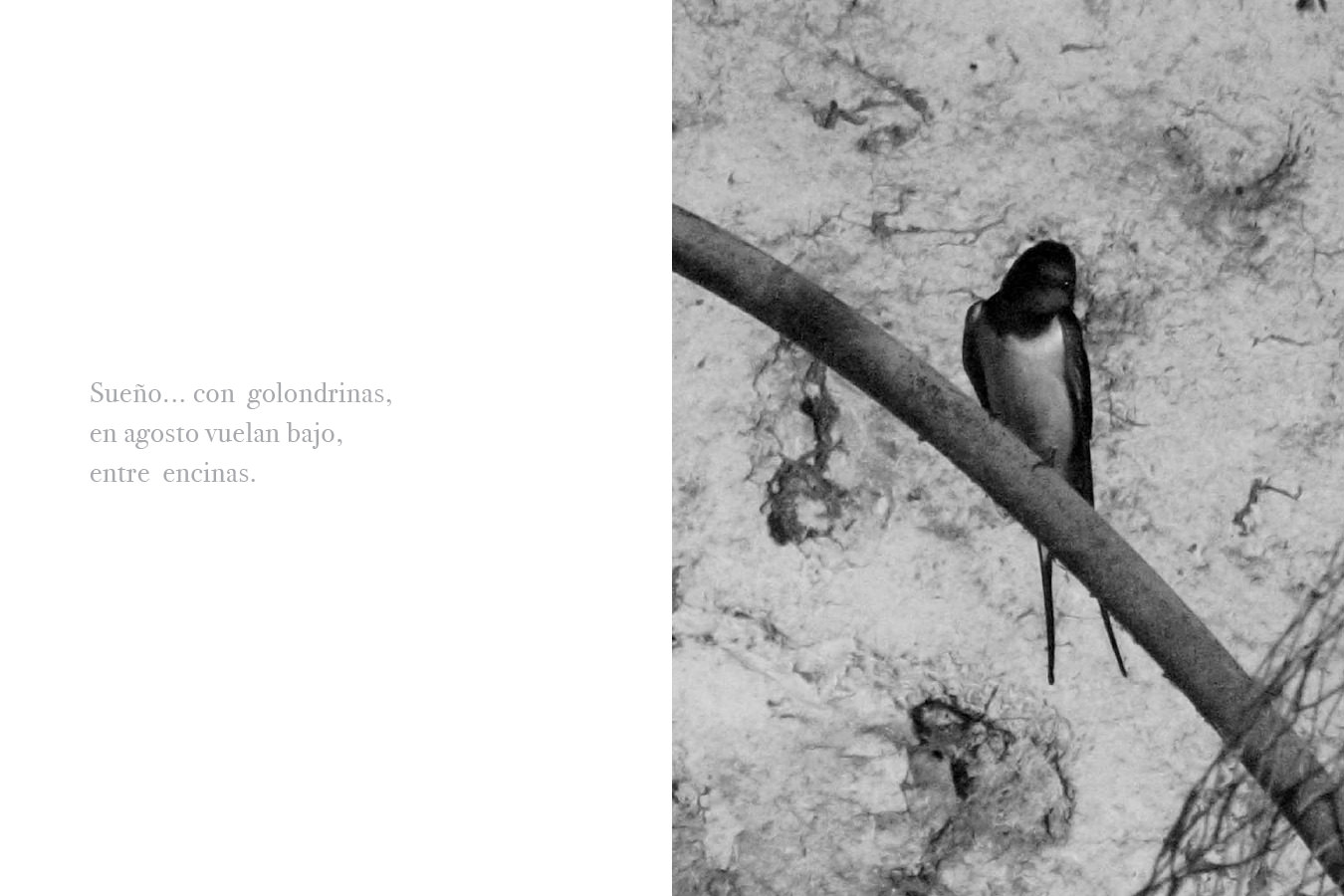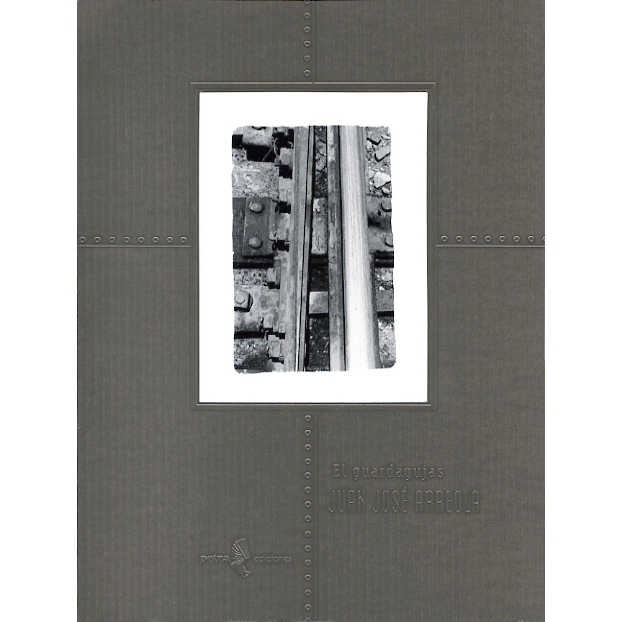
Monographs
Chacun cherche son Cuba
Les contradictions et les ambiguïtés de ce lieu sont légendaires et l'impression que reçoit le nouveau venu est intense et déconcertante. Chaque personne interprète à sa manière ce qu'il ressent ici. Je suis allée pour la première fois sur l'île en 1998. Pour moi, c'était comme si le monde avait pris fin et qu'au lieu de mourir, tout le monde était encore vivant, en fait, ils me semblaient plus vivants que partout ailleurs. Au cours des cinq années suivantes, j'y suis retourné une douzaine de fois me délectant de ce bain de chaleur humaine, découvrant toujours de nouvelles facettes et nuances de la vie quotidienne. Ce livre est le résultat de mon dernier projet photographique avec l'appareil photo Leica chargé de pellicule noir et blanc et le désir de saisir visuellement le caractère étonnant de ce coin du monde en utilisant uniquement la lumière qui reflète la surface des choses.
Projects
SIGHT
SEEING avec Jill Hartley
30 ans de photographies avec les appareils photo Leica en noir et blanc: 1975-2005
Ceci s'agit d'une collection d'images, pour la plupart inédites, qui attendent dans une boîte leur nouvelle vie dans un livre. Ils ont peu de liens en commun sauf leur auteur. Peut-être qu'elles constituent une sorte d'autoportrait ou bien, les traces de mon regard, le compte rendu de mes voyages sur la planète, mon carnet de croquis ethnographique, ou des scènes enregistrées en cours de route, puis sélectionnées parce qu'elles me plaisent, je ne sais pas pourquoi.
Le simple fait de se retrouver dans un lieu inconnu réveille nos antennes sensorielles. Le SIGHT SEER qui voyage dans un lieu étranger, regarde et écoute plutôt que le touriste qui fait le tour. Comme le récit de voyage peut être de la littérature, la photographie de voyage peut aspirer à la poésie ou à l'art. Les impressions et les réflexions personnelles, le désir et la capacité de communiquer, font d'un voyage l'occasion d'observations approfondies sur une nation et son peuple. Il y a un siècle, peu avaient l'occasion de voyager. Aujourd'hui, presque tout le monde peut voyager et tout le monde est photographe, surtout lorsqu'il voyage. Pourquoi autant se photographient devant un arrière-plan célèbre? Preuve qu'ils ont voyagé? S'approprier le monde et le ramener chez soi?
Brazzaville: Auto portrait
JILL HARTLEY
Dans le seul Congo-Brazzaville 60 diverses langues sont parlées tous les jours. Pour assurer un moyen de communication entre les différents groupes, des langues véhiculaires se sont développées. J'imagine que les peintures publicitaires sur les magasins dans les villes Africaines, compréhensibles par tous, ont fait leur apparition comme une lingua franca visuelle.
Quand j'étais invitée à Brazzaville, c'était ma première visite en Afrique subsaharienne. J'avais entendue dire qu'en générale les Africains n'aiment pas être photographié à leur insu. Je leur ai donc demandé la permission. Beaucoup m'ont expliqué qu'ils se sentaient offensés par l'image d'Afrique diffusée dans la presse européenne. Effectivement on y voit surtout la famine, la maladie, la guerre. Toujours en leur demandant la permission, j'ai commencé à photographier les peintures sur les boutiques car je les trouvais belles et parce que je m'intéresse à la façon dont les gens se perçoivent et perçoivent leur monde.
Les enseignes les plus fréquent concernent la présentation personnelle : le salon de coiffure, le magasin de chaussures, le tailleur, le vendeur de tissus. La modernité estimée prend la forme de téléphones mobiles, de téléviseurs, d'instruments de musique, d'ordinateurs et des portraits de studio photo. Cet art populaire urbain révèle ce que les gens désirent et apprécient, comme un reflet dans le miroir de leur univers.
Triptyques ƒotoTaroc
On voit ce qu'on cherche.
J'ai toujours remarqué comment les gens trouvent du sens dans les photographies en mélangent
ce qu'ils voient avec leurs propres préoccupations et expériences. J'ai décidé de faire une série
d’images expressément ambiguës ou symboliques, qui se prêtent à interpréter de multiples manières pour révéler les secrets de l’inconscient.
Les règles du jeu : la personne qui va « lire » les cartes d’abord mélange le paquet et en choisit trois
au hasard, puis il les place face visible à la vue de tous. Portant une attention particulière aux premières impressions, il doit y chercher un message personnel.
Les triptyques représentent des combinaisons possibles de trois images du jeu, plutôt soigneusement choisies, qui invitent le spectateur à imaginer des rapports entre elles.
Petra Ediciones
First Readers
About Petra Ediciones
Petra Ediciones is a publishing house based in Guadalajara, Mexico, that produces books for children and first readers specializing in art, photography, theatre, documentary and citizen consciousness. Always looking for new ways to publish, Petra Ediciones offers first readers new approaches to books in an effort to help the reader find other ways of seeing, sensing, and dealing with space and time, here and now, because finally everything is in constant change…Each title encourages the reader to construct his own universe through images, photographs, typography and the written word.
In 1995 Jill Hartley published Loteria fotográfica mexicana with Petra Editions and Conaculta. Later the director, Peggy Espinosa, invited her to illustrate a literature series designed for reluctant readers: El guardagujas and Italo Calvino en México. In homage to her friend Tana Hoban, a pioneer of photo books for children, Hartley created the first of her color picture books for Mexican preschoolers: ¿Círculo o cuadro? Next came: Red+Green, Colors+Flavors, Stripes+Arrows, Tracing X, Oooh ouch! with two more currently in production. She illustrated the poem Sueño by Javier Sobrino which won a prize for the best art book of 2010 in Mexico. Her books have received numerous other prizes and several were selected by the Ministry of Education (SEP) for the Mexican public schools.
Directora: Peggy Espinosa
Petra Ediciones, S. A. de C. V.
petra@petraediciones.com
www.petraediciones.com
Petra Ediciones
Preschool
An interview with Jill Hartley
INTERVIEW - Jill Hartley, Photographer - Poet?
by Laurence Leguen for the blog Miniphlit (original en français)
Except now with the pandemic, I can't go anywhere just like everybody else, otherwise I'm always traveling and exploring other countries. For twenty years I have lived in Mexico, but I have also lived in France for fifteen years and in Los Angeles, Chicago, New York and München. My first book published in France is the result of ten years of trips to Poland in times of Solidarnosc. I have other book projects on Cuba, Brazzaville, Naples, the beach in India, etc. What interests me the most is to discover and visually describe another universe. You could say I am a kind of photo-ethnographer and not primarily an author of children's books. This came about rather by accident thanks to my relationship with Petra Ediciones, the Mexican publishing house of beautiful art books for children, or for anyone. Petra published Lotería fotográfica mexicana, in 1995, a book / game intended for all audiences, but considered suitable for children, I guess, since it contains a game.
The series of small board books was inspired by my friend Tana Hoban who I knew in Paris and who worked in my dark room in Ivry-sur-Seine with Gail, her assistant. When I learned that she died at the end of January 2006, I wanted to pay her a tribute, and so I proposed "Circle or Square" to Peggy Espinosa, the director of Petra. Initially, the idea was to make a book for Mexican children with the things of their world, because we see a lot of books from elsewhere with objects unrecognizable for Mexicans. Curiously, this first book was successful outside Mexico despite the fact that generally people don't even know what all the objects are. The Canadian publisher of Groundwood Books wanted to buy the rights to a series of four, so in 2007 I did three more: Stripes + arrows, Red + green, Colors + flavors. It was no longer so important that the photos show the Mexican world, only Red + Green because these are the colors of the flag. Stripes + Arrows contains photos taken in Paris, London, Africa ... The inspiration for Colors + Flavors was an Indian poster. Four titles have appeared in France by Didier Jeunesse, two in India and there are six in Mexico (Pica, no pica and Trazando X). Two new ones are in preparation.
The board books are meant for children and adults to talk about, to ask questions and to look around. The titles give the clue to the game, for example, to find circles and squares in each photo. Sometimes a photo has both and the pages are mixed. It would be too easy to put the circles on the right and the squares on the left, children are not dumb. I invite the reader to follow me in my game by looking in their surroundings for the graphic elements of the book, to recognize these shapes in their daily life. The first book was done in two weeks but the following ones took much longer. I'd like each new title to be even better and more surprising. I make the layout and sequences myself in an intuitive way. The publisher guides me in the selection of images and I trust her editorial and graphic sense. Once she explained to me why I had put two images together on the page that I hadn't realized: two things that spin- spinning tops and a ritual of men tied with ropes turning around a post while falling. While the first book was dedicated to Tana, I believe that I developed my own style and that my books are different from Tana's especially in the juxtaposition of images. Besides this preschool series, I have done photo-illustrations to acompany written works: Italo Calvino en México, El guardagujas (Bologna Childrens Book Fair prize), Sueño (Caniem prize for Best Mexican Art Book of 2010), Ciruelo Amarillo (upcoming). Unfortunately none has appeared in France. It is also a pity that there is still no bilingual edition of Lotería fotográfica mexicana. As a limited edition artists book, I have published: FotoTaroc, a subjective image game, which was sold at Les Trois Ourses in Paris. I am preparing a second version with a book in addition to the game of photo-cards.
I don't remember my favorite books as a child, but I do remember making almost actual books for my elementary school homework with chapters, illustrations, and a collage on the cover. As a child, I also invented games. I wouldn't dare call myself a photographer-poet but I do like the label. Much of contemporary photography seems dry and heavy to me, often staged or literary, lacking in mystery and surprise. Visual poet? Lyrical photographer? I've been told that my work could be considered poetic photography which pleases me. I have always found a link between photography and poetry, with music too.
INTERVIEW - JILL HARTLEY, PHOTOGRAPHE-POÈTE ?
Laurence Leguen
https://miniphlit.hypotheses.org/3525
Sauf maintenant avec la pandémie, je suis privée de bouger comme tout le monde, mais autrement je ne cesse pas à voyager et à explorer d'autres pays. Depuis une vingtaine d'années je vis au Mexique, mais j'ai aussi vécu en France une quinzaine d'années et à Los Angeles, Chicago, New York et München. Mon premier livre sorti en France recueille dix ans de voyages en Pologne aux temps de Solidarnosc. J'ai d'autres projets de livres sur Cuba, Brazzaville, Naples, les plages en Inde, etc. Ce qui m'intéresse le plus c'est de découvrir et décrire visuellement un autre univers. On pourrait dire que je suis une sorte de photo-ethnographe et donc, pas principalement une auteure de livres pour enfants. Cela est venu un peu par hasard grâce à ma relation avec Petra Ediciones, la maison éditorial mexicaine de très beaux livres d'art pour enfants ou bien pour n'importe qui. Petra a publié Lotería fotográfica mexicana, en 1995, un livre/jeu destiné à tout public, mais considéré approprié pour enfants, je suppose, puisque il contient un jeu.
La série de petits albums en carton a été inspirée par mon amie Tana Hoban qui je connaissais à Paris et qui a travaillé chez moi dans ma chambre noire à Ivry-sur-Seine avec Gail, son assistante. Quand j'ai su qu'elle est décédée fin janvier 2006, j'ai eu envie de lui faire un hommage, et donc j'ai proposé Cercle ou carré? à Peggy Espinosa, la directrice de Petra. Au départ, l'idée c'était de faire un livre pour les petits mexicains qui montre les objets de leur monde, car on voit beaucoup de livres venus d'ailleurs avec des objets méconnaissables pour les Mexicains. Curieusement, ce premier livre a eu du succès en dehors du Mexique malgré le fait qu'on ne connait même pas tous les objets représentés. L'éditrice canadienne de Groundwood Books a voulu acheter les droits d'une série de quatre, et donc en 2007 j'en ai fait encore trois : Rayures+flèches, Rouge+vert, Couleurs+saveurs. Alors ce n'était plus très important que les photos montrent l'univers mexicain, seulement Rouge+vert le fait car ce sont les couleurs du drapeau. Rayures+Flèches contient des photos prises à Paris, Londres, Afrique... L'inspiration de Couleurs+saveurs était une affiche didactique indienne. Quatre titres ont paru en France chez Didier Jeunesse, deux en Inde et il y en a six au Mexique (Pica, no pica et Trazando X). Deux nouveaux sont en préparation pour cette année, j'espère.
Les livres en carton sont des albums pour parler entre l'enfant et l'adulte, à poser des questions, à regarder et à chercher. Les titres donnent l'indice pour le jeu, par exemple, de chercher les cercles et les carrés dans chaque photo. Parfois une photo contient les deux choses, et puis les pages sont mélangées. Ça sera trop simple de mettre tous les cercles sur la droite et les carrés à gauche, les enfants ne sont pas bêtes. J'invite le lecteur de me suivre dans mon jeu en cherchant dans son univers les éléments graphiques du livre, de reconnaître ces formes dans son ambiance et de bien regarder tout autour.
Le premier livre est fait en deux semaines mais les suivants me prennent beaucoup plus de temps car j'ai envie que chaque nouveau titre soit encore mieux et encore plus surprenant. Il faut dire aussi que je fais moi même la mise en page et les séquences de manière intuitive. L'éditrice me guide dans la sélection d'images et j'ai confiance dans son bon sens éditorial et graphique. Une fois elle m'a expliqué pourquoi j'avais mis deux images ensemble : c'était deux choses qui tourne, des toupies et des hommes attachés avec des cordes qui tournent autour d'un poteau en tombant. Je ne suis même pas rendu compte. Tandis que le premier livre a été dédié à Tana, je crois que j'ai trouvé un langage à moi et que mes livres sont bien différent que ceux d'elle surtout dans la juxtaposition d'images en double page. En dehors de cette série préscolaire, j'ai fait des photo-illustrations pour les livres de texte magnifiques qui me propose Peggy Espinosa : Italo Calvino en México, El guardagujas (prix du foire du livre à Boulogne, Italie), Sueño (prix Caniem du meilleur livre d'art mexicain de 2010), Ciruelo Amarillo (à paraître). Malheureusement aucun n'est paru en France. C'est dommage aussi qu'il n'existe toujours pas une édition bilingue de Lotería fotográfica mexicana. En auto-édition, ou livre d'artiste, j'ai un autre titre : FotoTaroc, un jeu de l'image subjective, qui a été vendu aux Trois Ourses à Paris. Je prépare une seconde version avec l'addition d'un livre: un livre/jeu.
Je ne me rappel pas mes livres préférés quand j'étais enfant, mais je me rappel que j'ai fait des vrais livres pour mes devoirs en école primaire avec des chapitres, des illustrations et un collage en couverture. Enfant, j'ai aussi inventé des jeux.
Je n'oserais pas m'appeler

